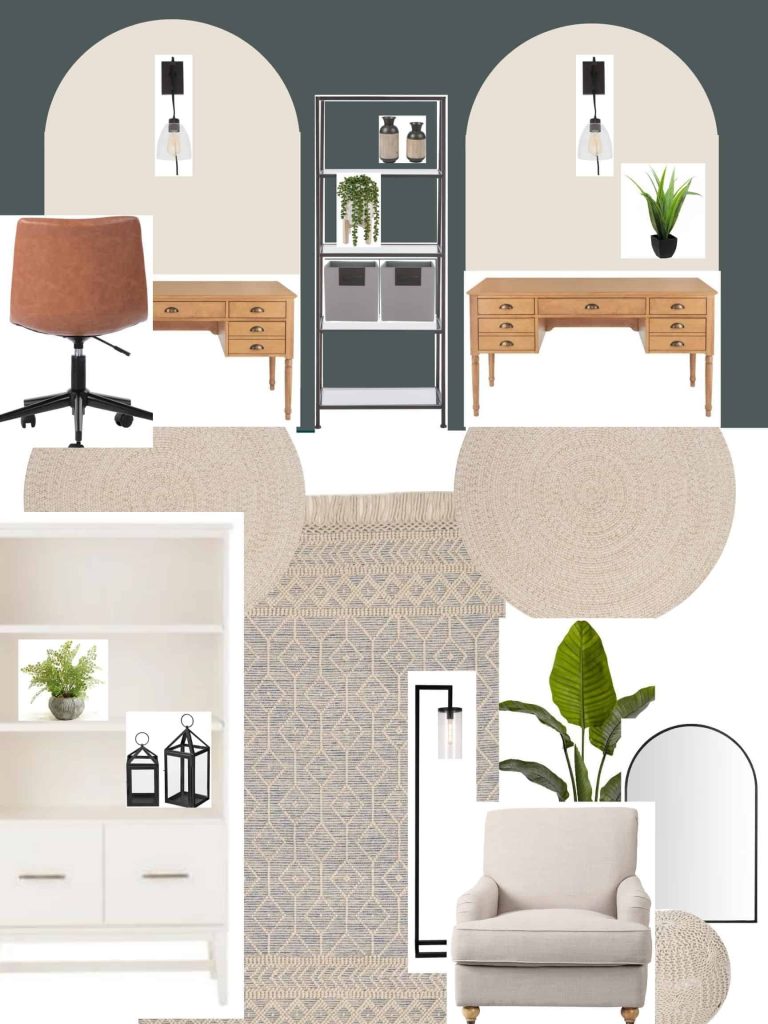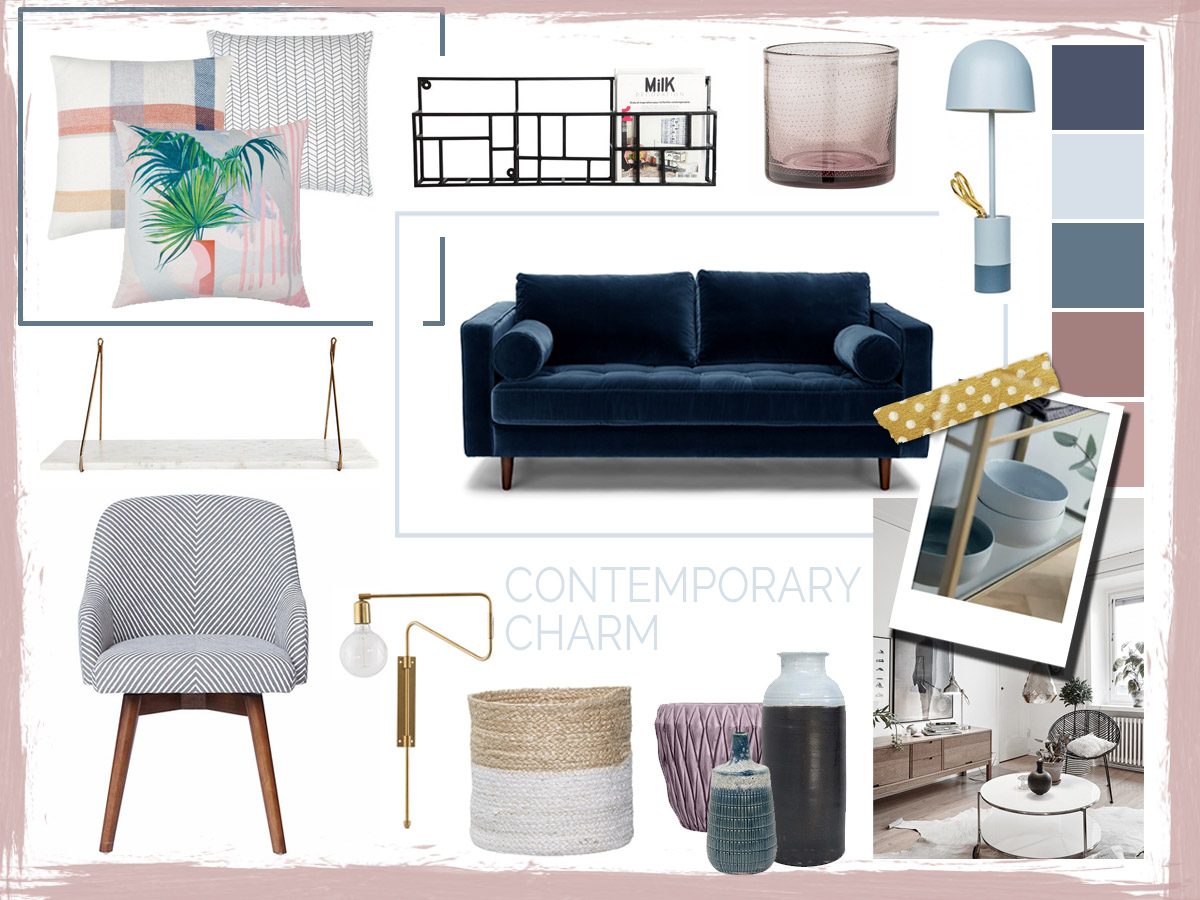
These little visual gems can be used in portfolios, website/blog content and social media activity. AND, they can also be a very useful branding and marketing tool. They happily support the Interior Designer when communicating his/her design, with their lighthearted display of products, styles and colours. Mood Boards have their place in the Interior Design process, because they are such an eye-catching, compact and informative snapshot of a proposed design. Image Credit: Pinterest To entirely digital offerings, that can be presented using a laptop, at a client meeting, or included in an e-design package and pinged to a client in a matter of minutes:Įxample A – Fluid Digital Mood Board by the SketchUp Hub With so many different styles to choose from:Įxample B – Grid Style Mood Board by the SketchUp Hub They can be a touchy-feely playground of various fabrics, finishes and (sometimes) sketches:

But there’s one traditional communication method that still serves a very important function, and that’s the humble Mood Board. This is primarily due to incredible advancements in technology, where image editing and 3D software are now considered essential components within an Interior Designer’s toolbox. In the modern day Interior Design Studio, an Interior Designer has many different options when it comes to choosing how they will present his/her ideas to a client, whether this is in person or via an e-design service.

To continue to learn more about art and design tips, keep up with the RMCAD blog. During this stage, remember there are no right or wrong design choices, so make it your own and be boldly you.Īnd that…is how to create a mood board like an interior designer. You are now officially a mood board master and ready to tackle any project with a new level of organizational expertise! Remember, mood boards can be implemented in several types of projects to help solidify design plans. Not all your pinned ideas may make the final cut or match with your overall aesthetic, but those decisions help make your design direction even clearer. More times than not, you’ll be surprised to see similar styles come across in different ways in your collection. By having all of your inspiration in one place, you can truly see how things would work together. It’s important after the exploration phase to start examining all of your remarkable finds. Examine your board and narrow down your design direction. Depending on the nature of your project, be sure to think beyond images, but also colors, fonts or material swatches too.ģ. Social media can serve as a great resource to help spark ideas, specifically Instagram, Pinterest and even TikTok. Start pinning, saving, photographing or printing all of your finds. It’s always a smart idea to start your mood board weeks (or months) before your official project start date to allow time for exploration. Don’t force the inspiration, but rather let it find you. In most cases, you want your mood board process to be as natural as possible. You’ve decided where you want your mood board to live, so now it’s time to start filling it with ideas. Pinterest will serve as a great starting resource to host all your pins and ideas, while Canva and Adobe Express will allow you to further refine and polish the look of your board. For digital boards, a few resources we recommend utilizing include: Pinterest, Canva or Adobe Express. If you are a fan of creating a physical board, try taping your inspiration right onto the wall or create a more permanent space in your home or office.

Do you want a bulletin board with cutout inspiration? Would you like to create a digital collage instead? Both serve as great options to allow you to see your plan visually. Decide if you are going digital or creating a physical mood board.īefore you start any mood boarding, it’s important to pick how you want your board displayed and where you want it to live. Here are some tips on how to create a mood board like an interior designer::ġ.

The best thing about mood boards is that you don’t have to be an art or design expert to create them. They are used by artists and designers across several disciplines to help plan and organize for new artistic ventures, including mural installations, clothing collections, product designs and so much more. A mood board is a collage of images, materials, text, colors and other design elements that help set the tone of a project. Whether creating a tranquil bathroom or updating a retro kitchen, one of their secrets to ensure a cohesive look and flow is starting every project with a mood board. Interior designers are truly the masters of bringing form and function together to transform an environment.


 0 kommentar(er)
0 kommentar(er)
